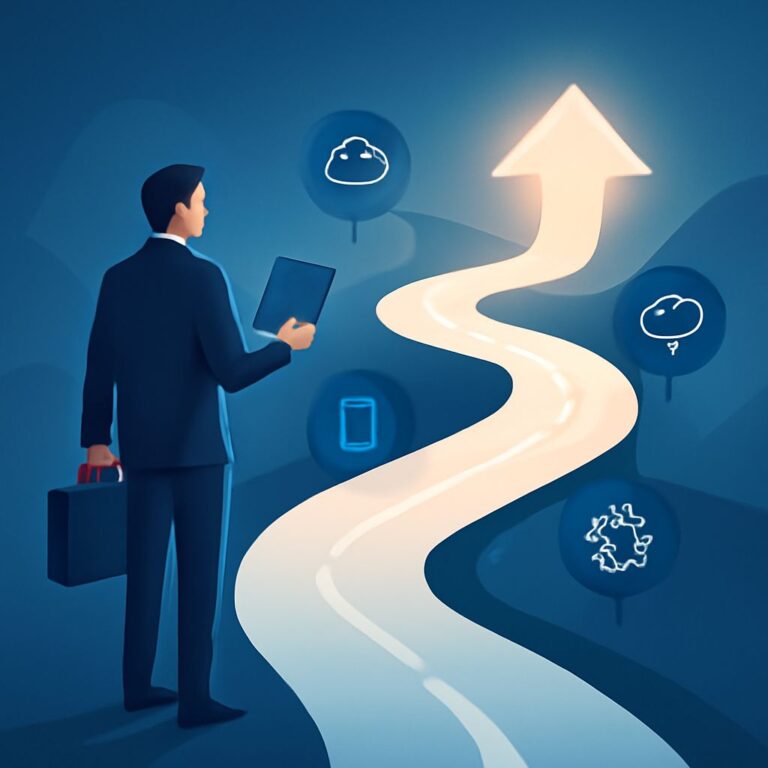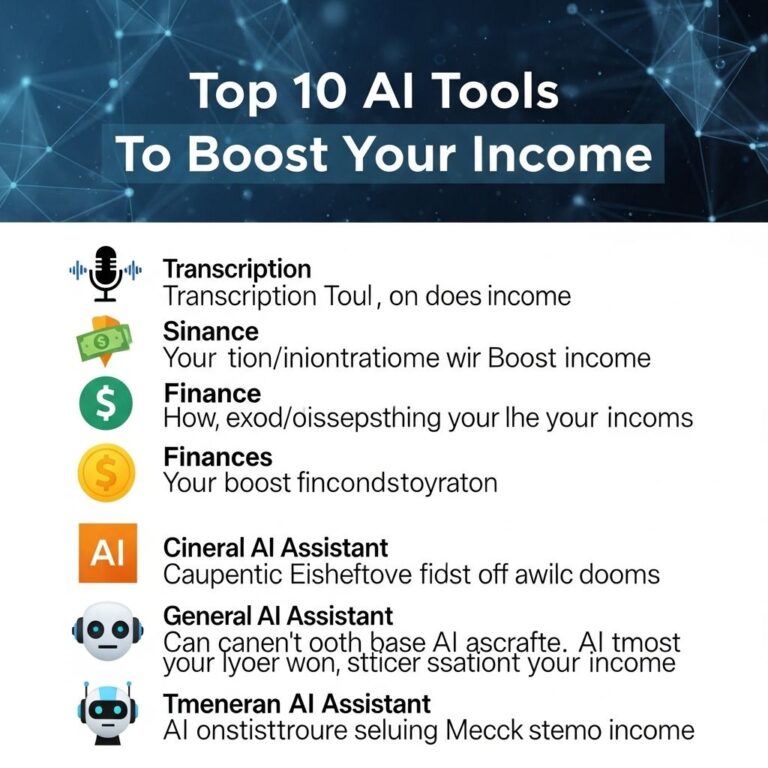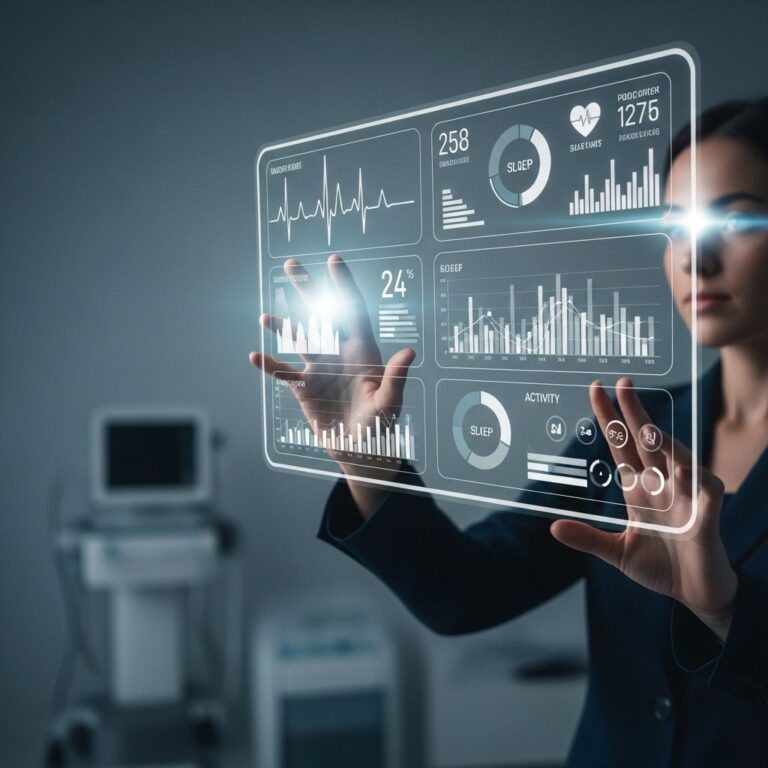In an era where technology continues to evolve at an unprecedented pace, the intersection of artificial intelligence and creativity has opened up new avenues for innovation. AI tools are no longer just the domain of tech enthusiasts; they have become essential in various creative industries, helping artists, writers, marketers, and designers push the boundaries of their craft. This article explores the ways AI is transforming creativity, the tools available, and how individuals can harness these technologies to amplify their creative potential.
Table of Contents
Understanding AI in Creative Industries
Artificial intelligence can be defined as the simulation of human intelligence processes by machines, particularly computer systems. These processes include learning, reasoning, and self-correction. In creative fields, AI can assist with tasks ranging from generating content to analyzing trends and even creating art. Here are some key areas where AI is making an impact:
- Content Generation: Writers can use AI to create articles, scripts, and more.
- Graphic Design: Designers can employ AI to generate logos, layouts, and even entire branding packages.
- Music Composition: Musicians can collaborate with AI to compose original pieces or remix existing tracks.
- Marketing: Marketers leverage AI for personalized campaigns and data analysis to identify potential customers.
The Role of AI Tools in Enhancing Creativity
AI tools are designed to augment human creativity, not replace it. They can handle repetitive tasks, analyze massive datasets, and provide insights that may be overlooked by the human eye. Here’s how AI tools can enhance the creative process:
1. Inspiration and Idea Generation
AI can suggest ideas based on existing content or trends, which can serve as a starting point for creators. Tools like ChatGPT and Copy.ai provide suggestions for writing prompts, story ideas, and more.
2. Automating Repetitive Tasks
Creative professionals often spend a significant amount of time on mundane tasks. AI tools can automate these processes, allowing creators to focus on more meaningful aspects of their work. Examples include:
- Editing and proofreading with tools like Grammarly.
- Generating social media posts with Canva.
- Organizing projects with task management software like Trello.
3. Collaborating with AI
By treating AI as a collaborative partner, creators can explore new avenues of expression. For instance, artists can use DALL-E to generate images based on textual descriptions, allowing them to visualize concepts they haven’t brought to life yet.
Popular AI Tools for Creatives
Here’s a list of some popular AI tools tailored to various creative disciplines:
| Tool | Category | Primary Features |
|---|---|---|
| ChatGPT | Writing | Content generation, brainstorming, creative writing |
| DALL-E | Visual Art | Image generation from text prompts |
| Jasper | Marketing | AI-driven copywriting for ads and social media |
| Runway ML | Video Editing | AI-assisted video editing and special effects |
| Audo AI | Music | AI-generated music compositions and sound design |
AI in Specific Creative Fields
1. Writing
With the rise of AI writing tools, authors can create compelling narratives faster than ever. These tools can assist in:
- Generating plots and character ideas.
- Improving grammar and style.
- Providing feedback on drafts.
2. Visual Arts
AI has revolutionized visual arts, enabling artists to experiment beyond traditional boundaries. Tools like Artbreeder allow artists to blend images and create unique artwork through collaborative algorithms.
3. Music
AI in music has sparked new genres and styles, allowing composers to explore sounds that were once impossible to create. For instance, platforms like AIVA use AI to compose original pieces suitable for various media.
Challenges and Considerations
While the integration of AI in creative fields presents numerous opportunities, several challenges warrant consideration:
Ethical Concerns
As AI-generated content becomes more prevalent, questions regarding authorship and intellectual property arise. Who owns the rights to a piece created with the assistance of AI?
Quality Control
AI tools can produce output that varies in quality. Human oversight is often necessary to ensure that the final product meets the desired standards.
Job Displacement
There is a legitimate fear that the rise of AI could lead to job losses in certain creative fields. However, history shows that technological advancements often create new jobs while rendering some obsolete.
The Future of Creativity and AI
As AI technology continues to advance, its role in the creative process will undoubtedly evolve. The future may hold possibilities like:
- More intuitive and user-friendly AI tools that seamlessly integrate into creative workflows.
- Increased collaboration between human creators and AI, leading to innovative hybrid forms of art.
- Greater customization of AI tools to cater to specific creative needs.
Conclusion
AI tools are transforming the landscape of creativity, offering unprecedented opportunities for innovation and expression. By leveraging these technologies, creatives can enhance their work and explore new possibilities. As the relationship between humans and AI continues to evolve, embracing these tools while remaining aware of their implications will be crucial for the future of creative industries.
FAQ
What are AI tools for creativity?
AI tools for creativity are software applications that leverage artificial intelligence to assist in creative processes, such as generating ideas, enhancing designs, and automating tasks.
How can AI enhance my creative projects?
AI can enhance creative projects by providing inspiration, automating repetitive tasks, analyzing trends, and suggesting improvements, allowing creators to focus more on their artistic vision.
Are AI tools suitable for all types of creative work?
Yes, AI tools can be used across various creative fields, including graphic design, music composition, writing, and video production, making them versatile for different types of creative work.
Do I need technical skills to use AI creativity tools?
Most AI creativity tools are designed to be user-friendly, requiring minimal technical skills. However, familiarity with creative software can enhance the user experience.
Can AI tools replace human creativity?
AI tools are designed to enhance and support human creativity rather than replace it. They can provide valuable insights and assistance but cannot replicate the unique perspective and emotional depth of human creators.
Where can I find the best AI tools for creativity?
The best AI tools for creativity can be found through online reviews, creative communities, and software marketplaces. Popular options include tools like Canva, Adobe Sensei, and OpenAI’s ChatGPT.









